‘One Piece’ Creator Eiichiro Oda Admits He Was Wary Of Manga’s Poor Live-Action Track Record: “I Acted As A Guard Dog To Ensure The Material Was Being Adapted In The Correct Way”
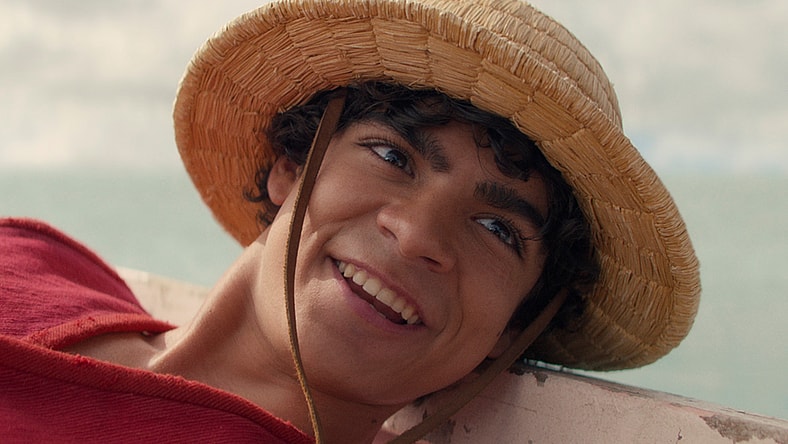
In a sentiment that is understandable coming from any creator – but especially from one responsible for the best-selling manga in history – One Piece creator Eiichiro Oda has revealed that the precedent of failure set by previous attempts to adapt various manga and anime led him to be extremely protective of his work during its translation to live-action.
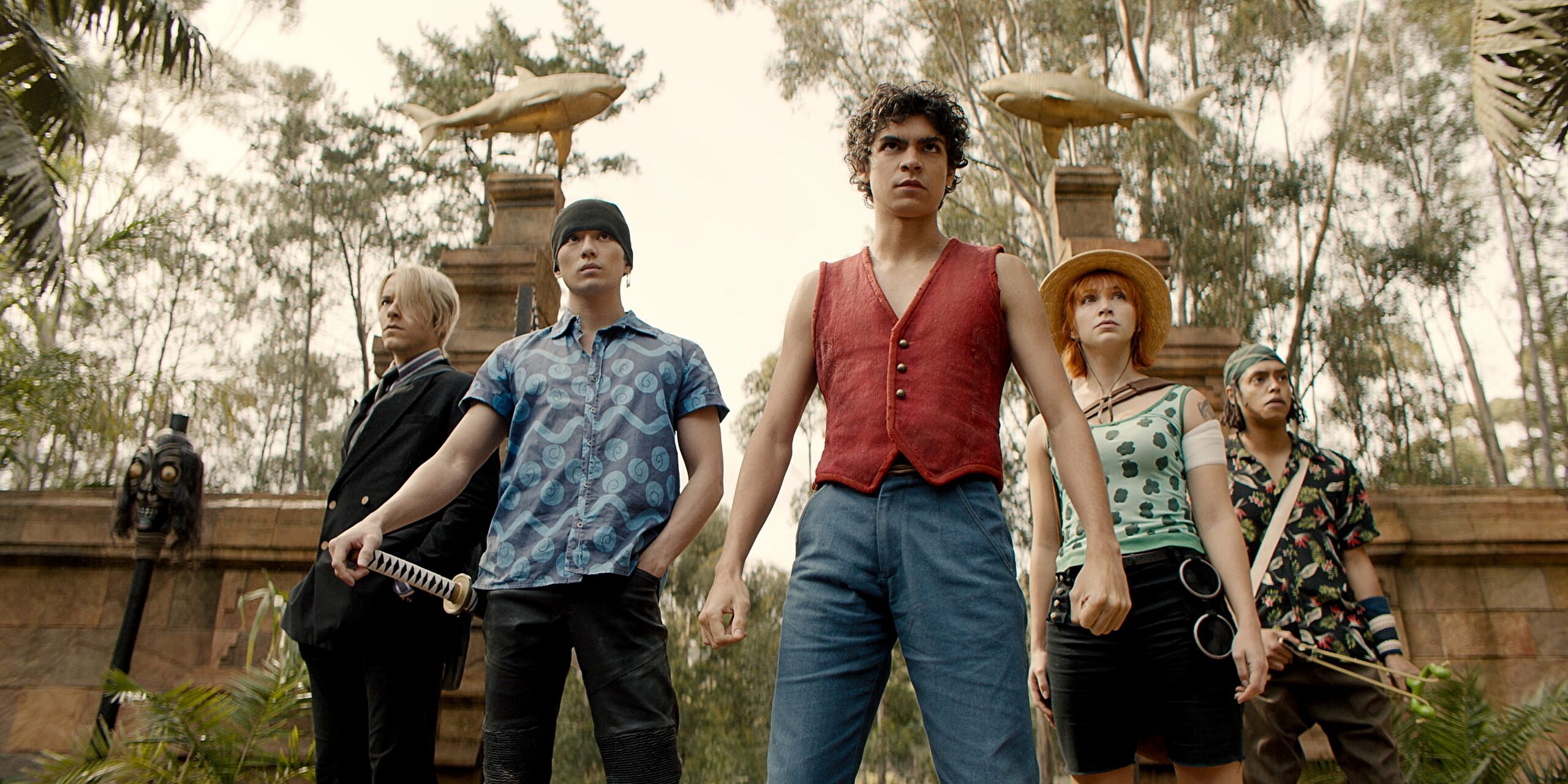
The esteemed mangaka recalled his hesitance towards allowing the Straw Hats to set sail for live-action horizons while reflecting on the Netflix series’ production to The New York Times’ Charles Solomon.
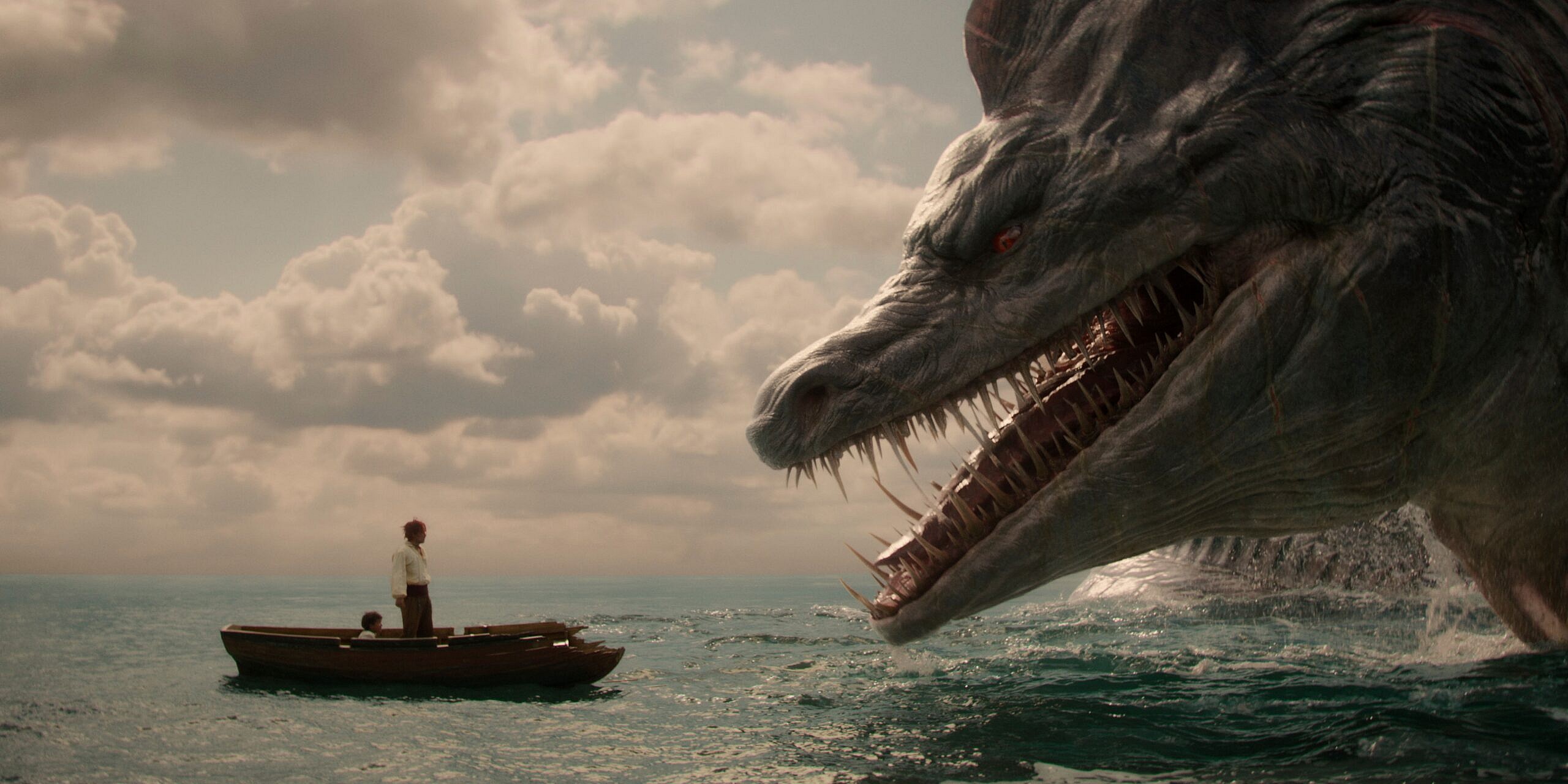
“A live-action adaptation of a manga doesn’t simply re-enact the source material on a one-to-one basis: It involves really thinking about what fans love about the characters, the dynamics among them — and being faithful to those elements,” explained Oda at the onset of his interview. “A good live-action show doesn’t have to change the story too much. The most important thing is whether the actors can reproduce the characters in a way that will satisfy the people who read the manga.”
“I think we did it well,” he added, “so I hope audiences will accept it.”
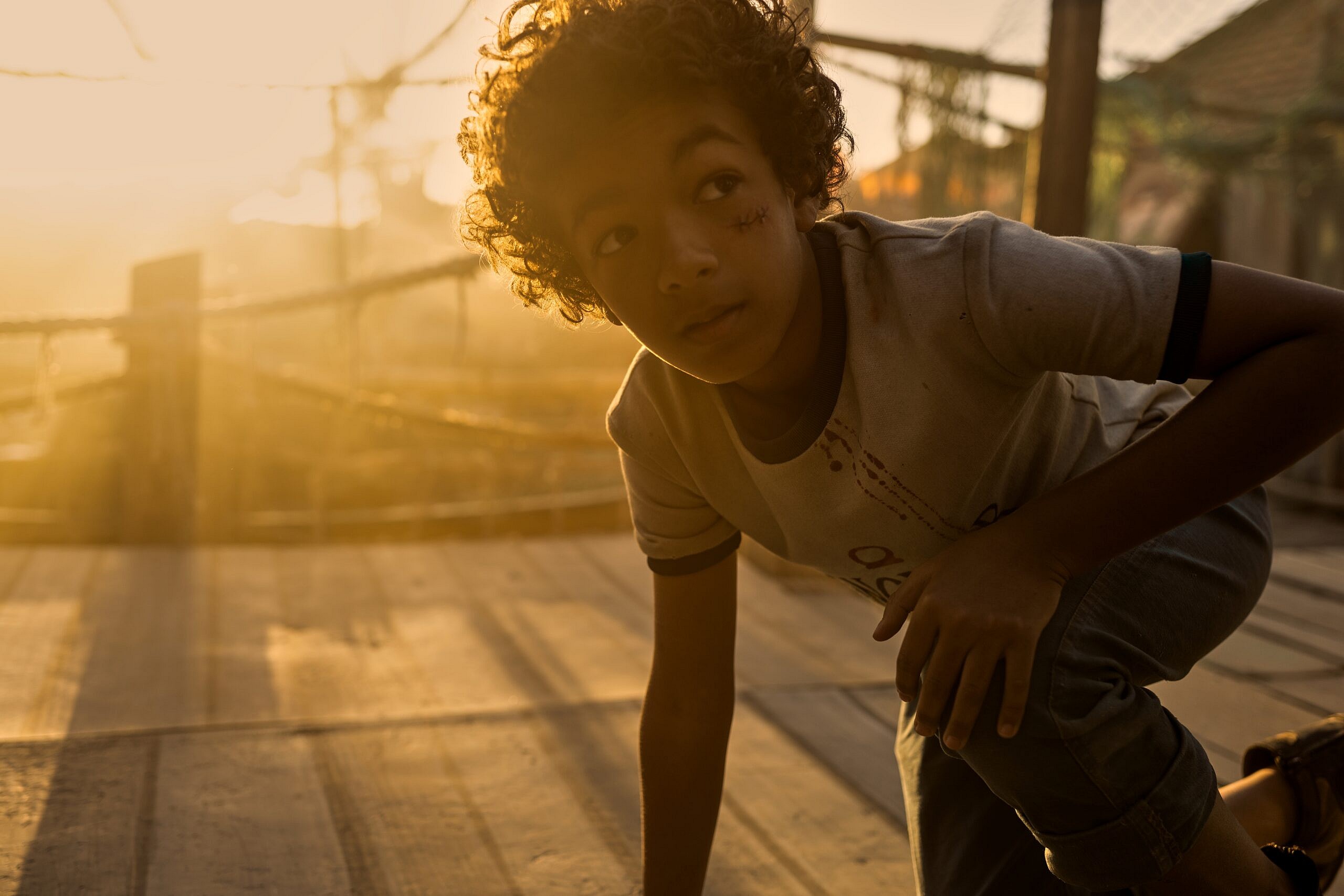
To this end, the mangaka was later pressed on whether or not he believed Luffy’s Gum-Gum powers were “better suited to animation than to live-action?”, to which he noted, “When I first started, I didn’t think there was any point in drawing a manga that could be remade in live-action. But when I saw the movie Shaolin Soccer, it felt like a manga-esque world brought to life.”
“I changed my mind,” said Oda.”I realized times had changed, and there was technology available that could make a live-action One Piece happen. So I shifted to finding the right partner to bring the manga to life.”
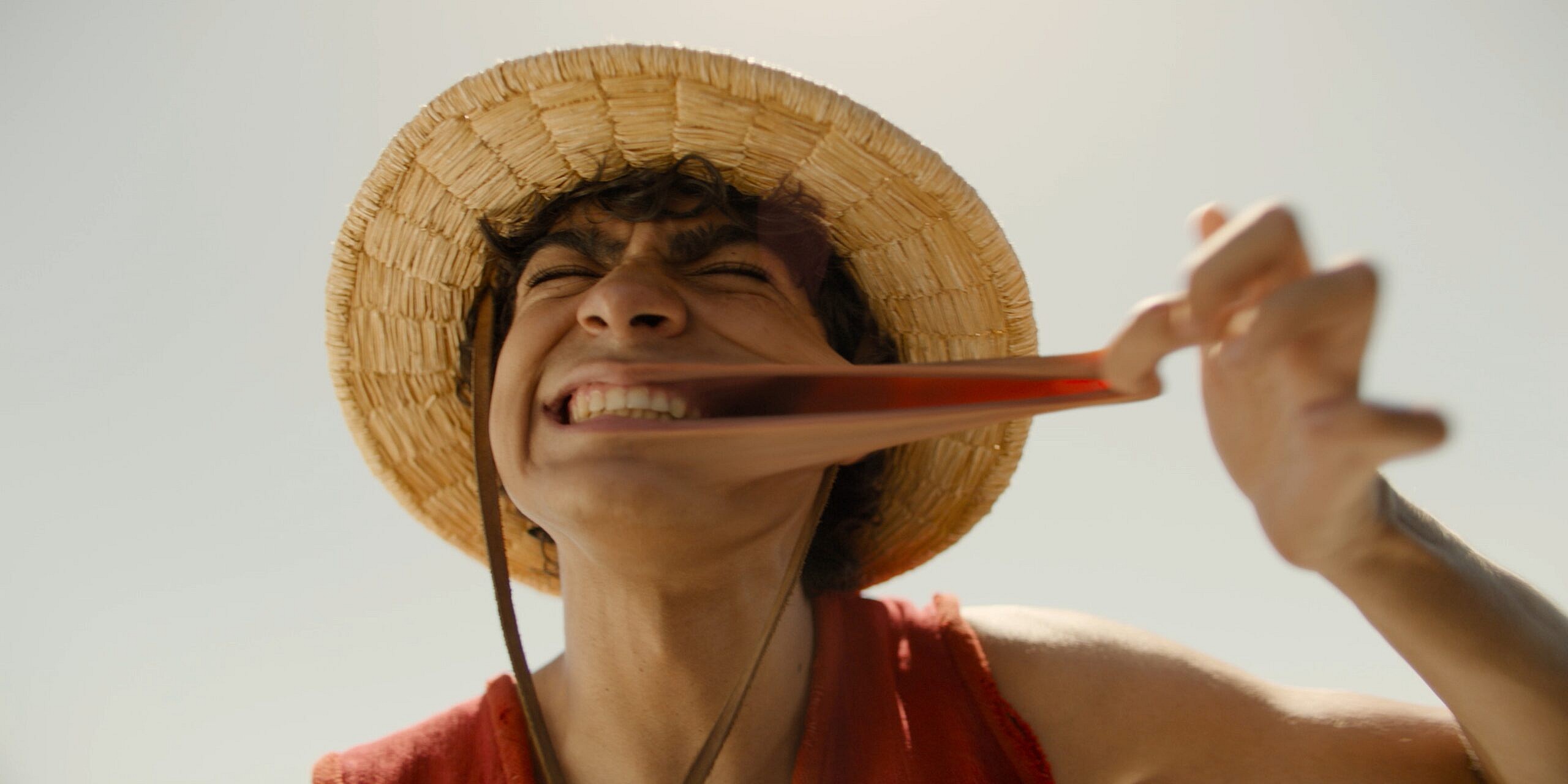
Taking notice of the creator’s caution towards the idea of a live-action adaptation of his fantasy adventure series, Solomon would next inquire as to whether or not Oda’s wariness had been informed by the fact that “attempts to adapt popular anime into American live-action movies and series have generally been unsuccessful”, with the reporter offering up Ghost in the Shell (2017) and Cowboy Bebop (2021) as specific examples of Hollywood’s insulting handling of Japanese properties.
“Various manga had been made into live action, but there was a history of failure; no one in Japan could name a successful example,” Oda answered in turn. “Would fans of One Piece — and viewers who don’t know the manga — accept it? Perhaps it was time to search for the answer.”
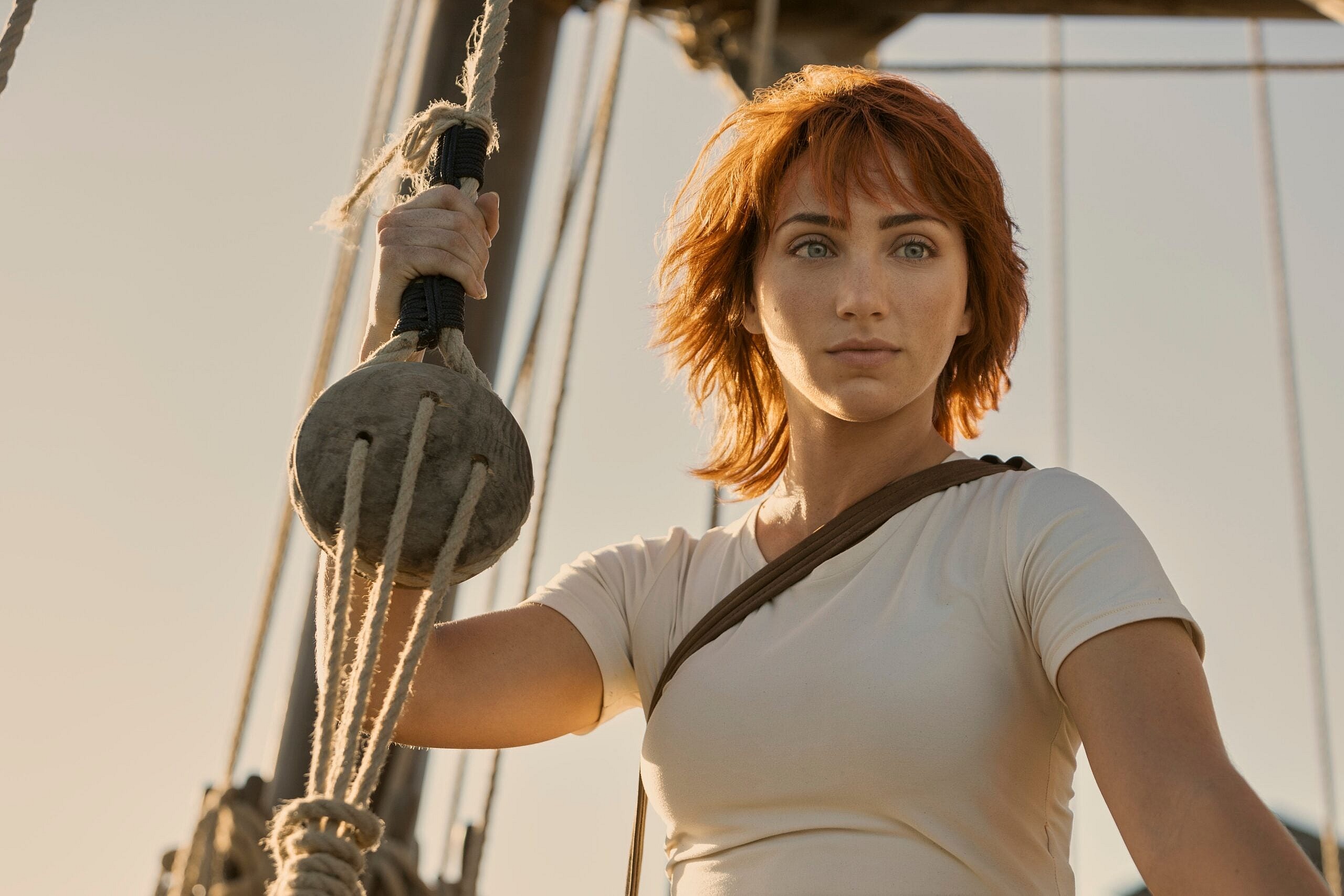
Closing out his thoughts on the topic, Oda praised Netflix’s deference to his role as the series’ creator – a move which he indicated was the main factor in his decision to hand the streaming giant the keys to the Going Merry.
“Thankfully, Netflix agreed that they wouldn’t go out with the show until I agreed it was satisfactory,” he told Solomon. “I read the scripts, gave notes and acted as a guard dog to ensure the material was being adapted in the correct way.”

It should be noted that though Solomon directly pointed to America’s poor track record of live-action manga and anime adaptations, Oda’s reply seemed to speak to not just the West’s failures, but also those from Japan itself.
While such abominations as the aforementioned Cowboy Bebop and Dragon Ball Evolution stand as the most egregious example of live-action filmmakers taking an axe to a series’ respective source material, Japanese misses ranging from the Attack on Titan (2015), to Black Butler (2014), to Devilman (2004) are equally deserving of their own spots in the ‘Live-Action Failure’ pantheon.
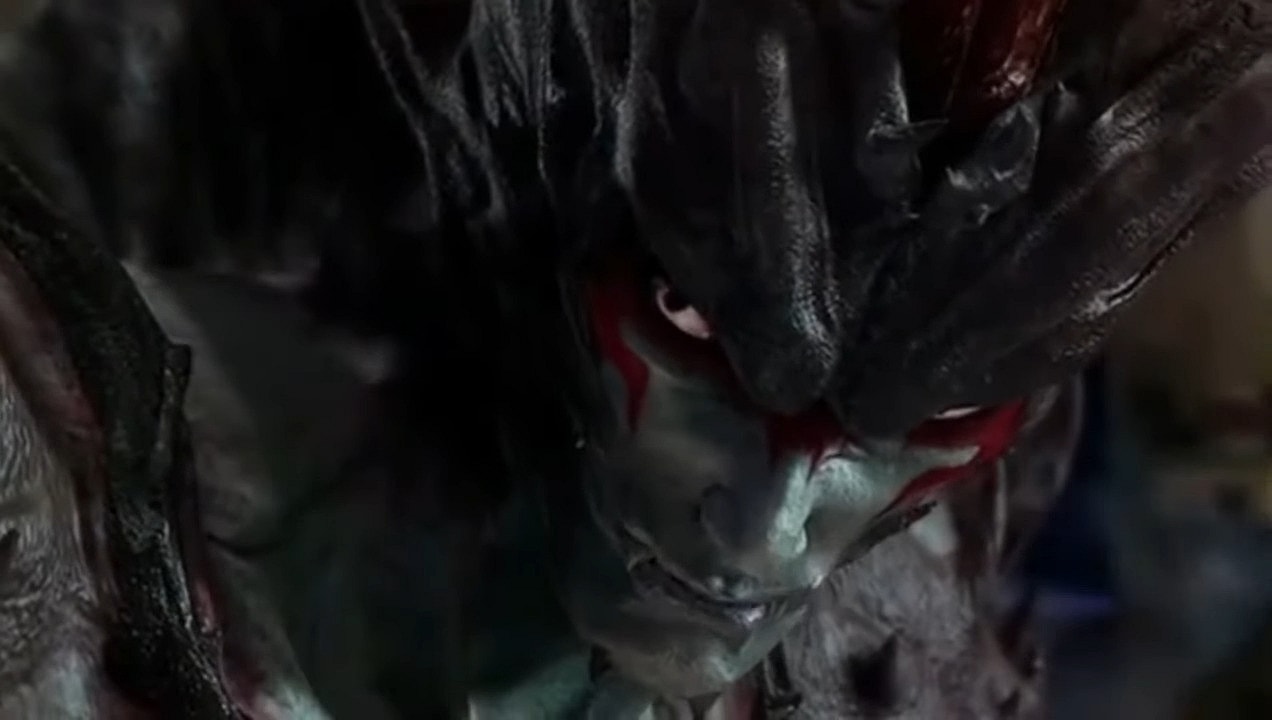
The Oda-supervised, live-action take on One Piece is now available for streaming – and according to fan sentiment, it seems the mangaka’s dilligence has more or less paid off.
